Introduction
Mud eels, scientifically known as Misgurnus anguillicaudatus, are aquatic creatures commonly found in freshwater environments such as rivers, lakes, and ponds. They are highly valued for their nutritional benefits and culinary uses, particularly in Asian cuisines. However, preserving live mud eels fresh in the short term can be challenging due to their sensitive nature and the need for specific environmental conditions to keep them alive and healthy. This article aims to provide comprehensive guidance on how to effectively preserve live mud eels fresh for a limited period, ensuring they remain viable and suitable for consumption.
Understanding Mud Eel Biology and Behavior
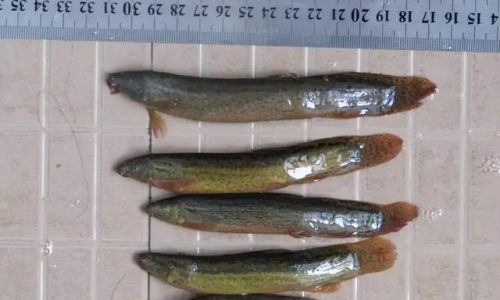
Before delving into preservation techniques, it is crucial to understand the basic biology and behavior of mud eels. These creatures are bottom-dwelling fish that prefer cool, oxygenated water with a neutral to slightly alkaline pH level. They are known for their ability to burrow into the substrate to escape predators and adverse conditions. Mud eels are also quite resilient and can survive in low-oxygen environments for short periods by absorbing oxygen directly through their skin and intestines.
Understanding these characteristics is essential for developing effective preservation strategies. For instance, maintaining appropriate water conditions is vital to keeping mud eels alive and healthy. Additionally, minimizing stress and handling them carefully can reduce the likelihood of injury and disease.
Water Quality Management
Water quality is paramount when preserving live mud eels. The following steps should be taken to ensure optimal water conditions:
-
Temperature Control: Mud eels thrive in temperatures ranging from 10°C to 25°C (50°F to 77°F). Maintaining this temperature range is crucial for their survival and well-being. Use a thermometer to monitor water temperature regularly and adjust as necessary using heaters or chillers.
-
Oxygenation: Adequate oxygen levels are essential for mud eels. Use an air pump and bubbler system to keep the water well-oxygenated. Ensure that the bubbles are fine and dispersed throughout the tank to maximize oxygen diffusion.
-
Water Filtration: A good filtration system is vital for removing waste products and maintaining water clarity. Choose a filter that can handle the volume of water in your tank and is capable of biological filtration to break down harmful ammonia and nitrite into nitrate. Regularly clean the filter to prevent clogging and maintain efficiency.
-
Water Changes: Perform partial water changes regularly to remove accumulated waste and replenish nutrients. Aim for a 25% to 50% water change every week, depending on the tank size and number of mud eels. Use a gravel vacuum to clean the substrate during water changes to remove trapped debris.
-
pH and Hardness: Mud eels prefer a neutral to slightly alkaline pH level (6.5 to 8.0) and moderate water hardness. Use pH and hardness test kits to monitor these parameters and adjust as needed with appropriate chemicals.
Tank Setup and Maintenance
The tank setup is another critical aspect of preserving live mud eels. Here are some key considerations:
-
Tank Size: Choose a tank that is large enough to accommodate the number of mud eels you plan to keep. A general guideline is to provide at least 1 gallon of water per mud eel, but larger tanks are preferable for better water quality and reduced stress.
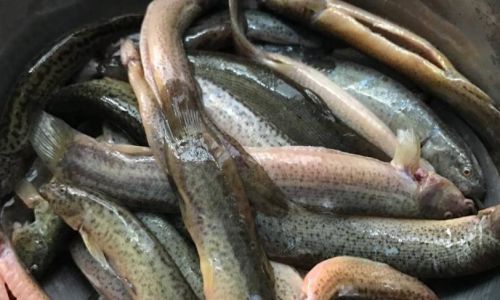
-
Substrate: Mud eels appreciate a substrate that allows them to burrow. Use fine sand, aquarium gravel, or a combination of both. Avoid using sharp or coarse substrates that could injure their delicate skin.
-
Decorations and Plants: Provide hiding spots and cover with decorations such as rocks, caves, and aquatic plants. This will help reduce stress and allow mud eels to feel more secure. Choose plants that can thrive in the same water conditions as mud eels.
-
Lighting: Mud eels do not require intense lighting. Use low-wattage aquarium lights or natural daylight from a nearby window. Avoid direct sunlight, which can cause algae growth and temperature fluctuations.
-
Cover: Cover the tank with a lid to prevent mud eels from jumping out and to maintain humidity if you are keeping them in a closed system. Ensure that the lid has adequate ventilation to prevent oxygen depletion.
Feeding and Nutrition
Proper feeding is essential for keeping mud eels healthy and active. Here are some tips for their nutrition:
-
Diet: Mud eels are omnivorous and will eat a variety of foods, including live and frozen foods, algae, and commercial fish foods. Offer a balanced diet that includes high-quality fish flakes, bloodworms, brine shrimp, and vegetable-based foods.
-
Feeding Frequency: Feed mud eels once or twice a day, depending on their activity level and appetite. Avoid overfeeding, which can lead to water quality issues and obesity. Remove any uneaten food after a few minutes to prevent it from decomposing in the tank.
-
Monitoring: Observe mud eels during feeding to ensure they are eating and not showing signs of illness or stress. Adjust their diet as needed based on their health and growth.
Handling and Transportation
When handling or transporting live mud eels, take care to minimize stress and injury. Here are some best practices:
-
Gentle Handling: Handle mud eels gently with a net or your hands (if they are small enough). Avoid squeezing or dropping them, which can cause internal injuries.

-
Transportation Containers: Use clean, well-oxygenated containers for transportation. Ensure that the water temperature in the container matches the tank temperature to prevent thermal shock. Use a battery-operated air pump if necessary to maintain oxygen levels during transit.
-
Time Limits: Keep transportation time as short as possible to minimize stress. Aim for no more than a few hours, and ideally, transport mud eels in cool, shaded conditions.
Short-Term Preservation Techniques
In addition to maintaining optimal tank conditions, there are several techniques for short-term preservation of live mud eels:
-
Cooling: Lowering the water temperature slightly can slow down the metabolic rate of mud eels, extending their freshness. Use a refrigerator or cooler with a temperature-control device to maintain a temperature of around 10°C (50°F). Monitor the water temperature closely and change the water regularly to prevent it from freezing or becoming stagnant.
-
Oxygen-Enriched Water: Use oxygen-enriched water or water treated with oxygen-releasing chemicals to increase dissolved oxygen levels. This can help keep mud eels alive for longer periods, particularly during transportation.
-
Antistress Agents: Some commercial antistress agents can be added to the water to reduce stress and improve the survival rate of mud eels during transportation and handling. Follow the manufacturer’s instructions carefully and only use products that are safe for aquatic life.
-
Moist Towel Method: For very short-term preservation (e.g., a few hours), wrap mud eels individually in a damp, clean towel and place them in a cool, dark place. This method is not ideal for long-term survival but can keep them alive for a limited period.
Conclusion
Preserving live mud eels fresh in the short term requires careful management of water quality, tank conditions, feeding, and handling practices. By maintaining optimal water temperature, oxygen levels, and water chemistry, and providing a suitable tank setup and balanced diet, you can keep mud eels healthy and viable for several days to a week. Additionally, using techniques such as cooling, oxygen-enriched water, and antistress agents can further extend their freshness during transportation and handling. Remember to always prioritize the well-being of the mud eels and handle them with care to ensure they remain healthy and suitable for consumption. With proper care and attention, you can enjoy the culinary benefits of fresh mud eels while respecting their delicate nature.
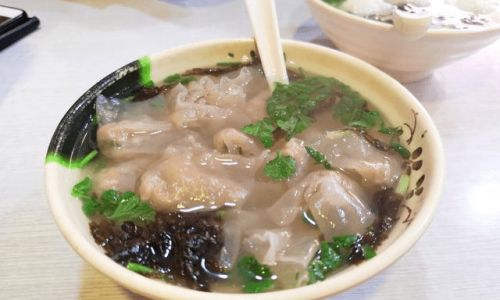
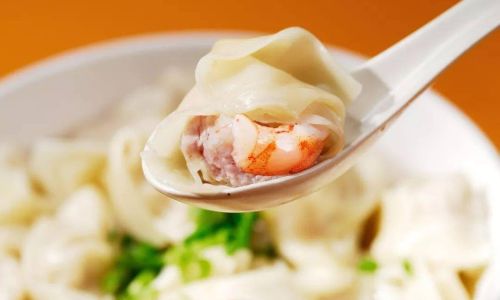
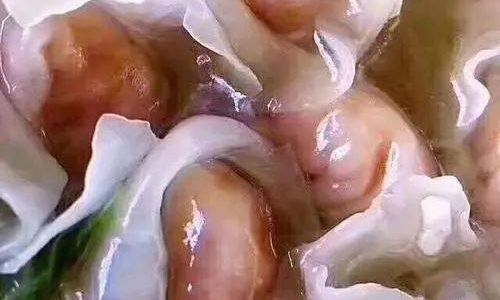
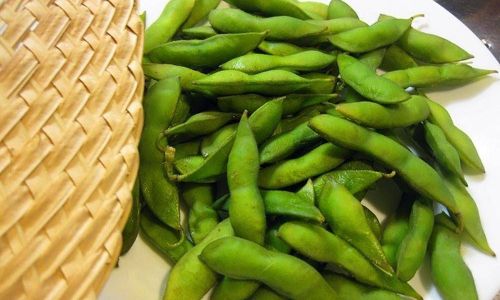
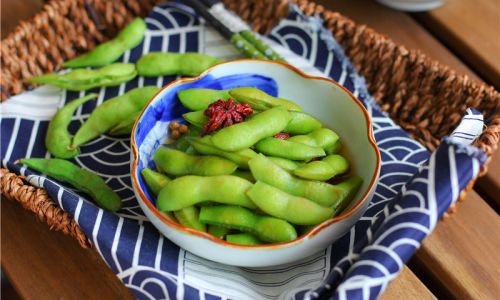

0 comments